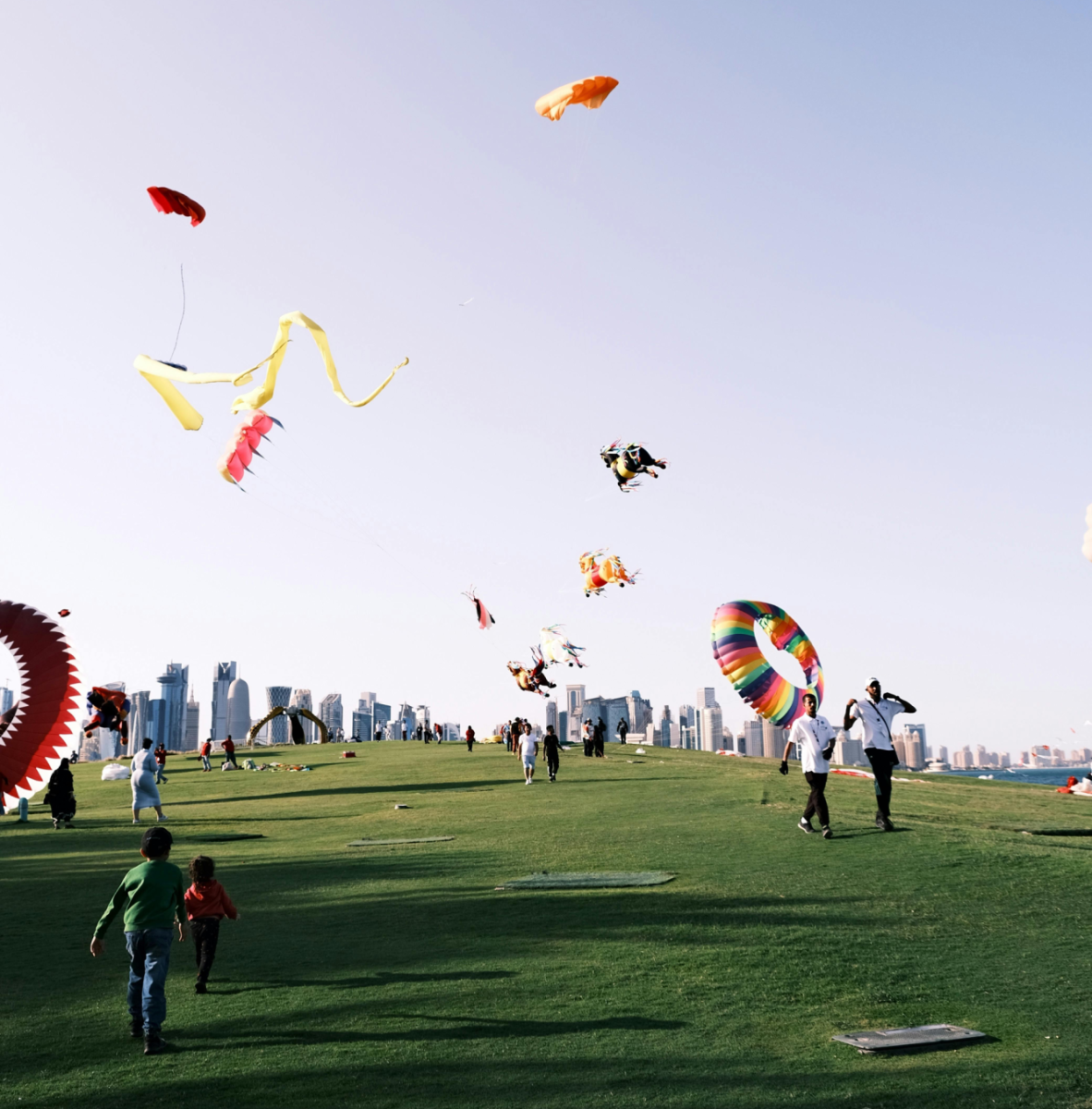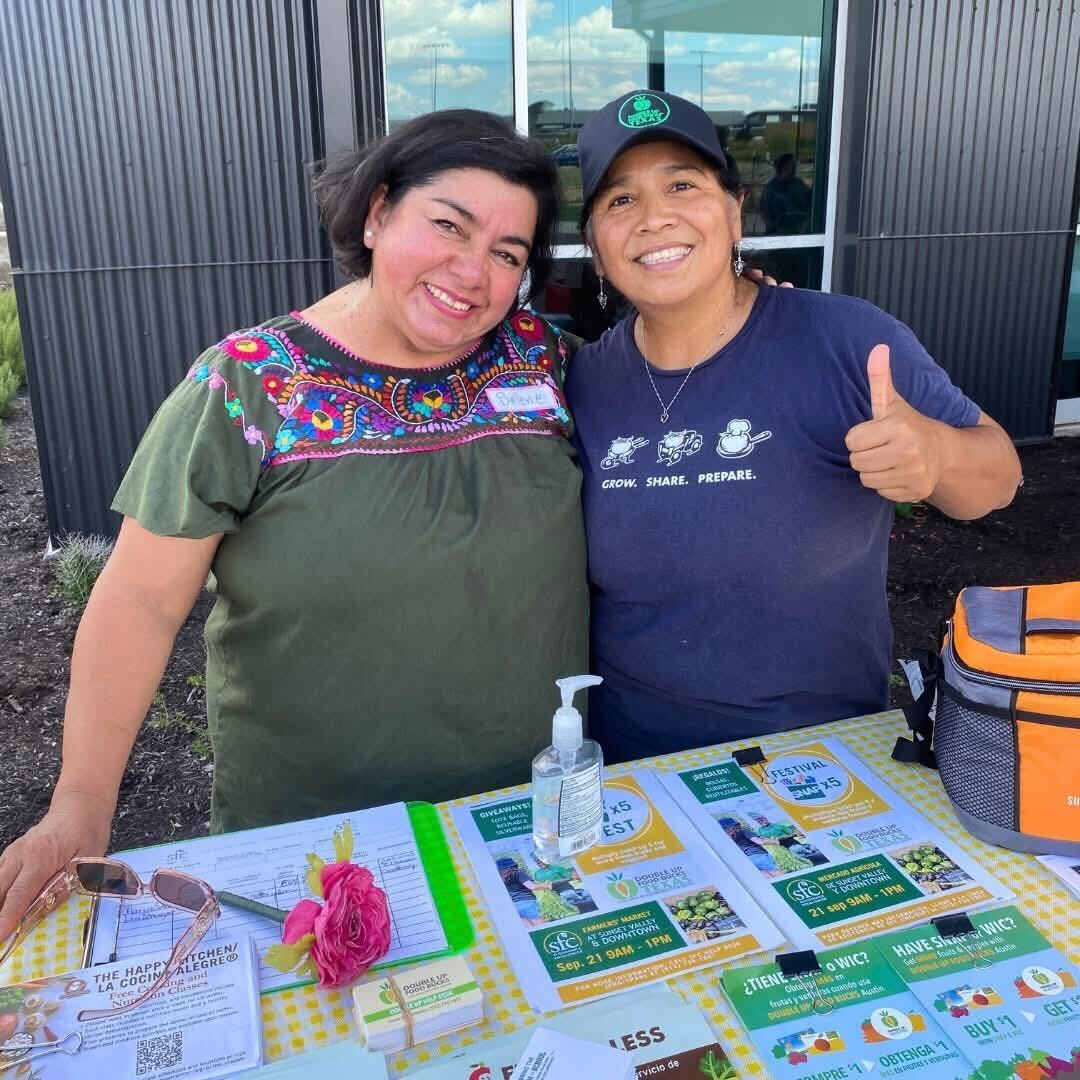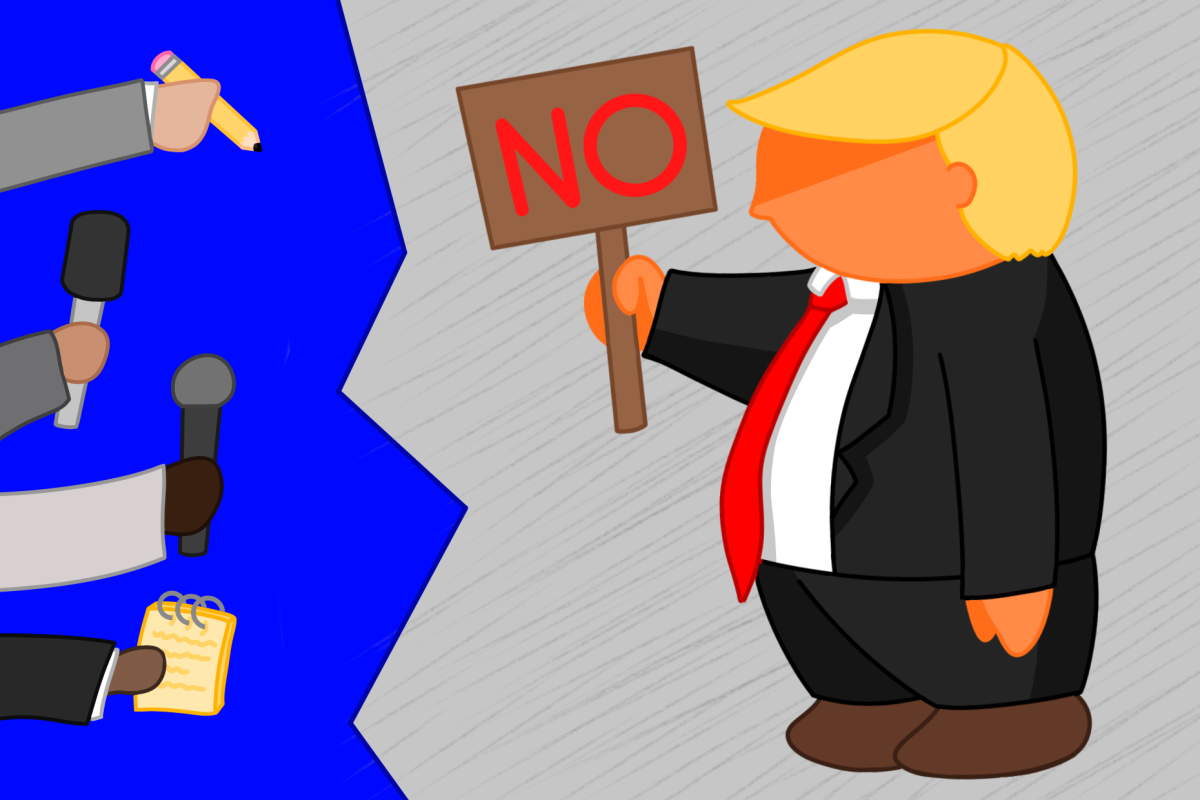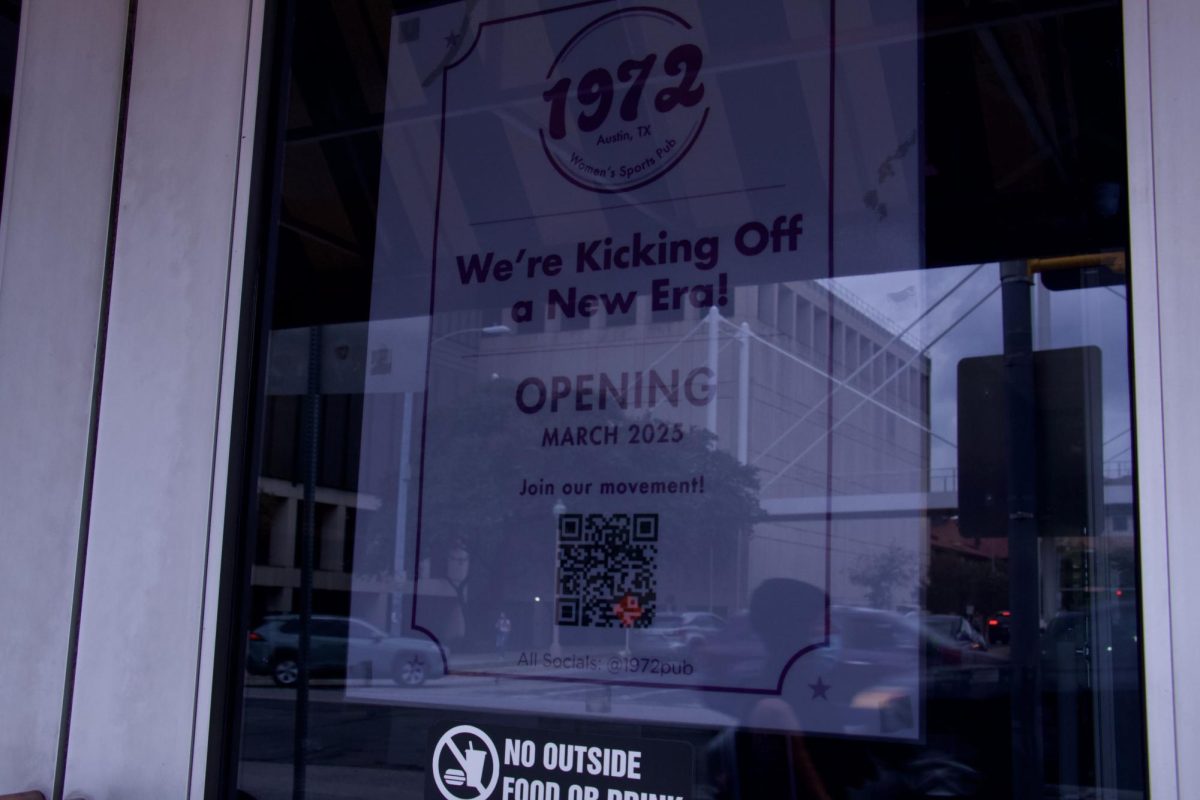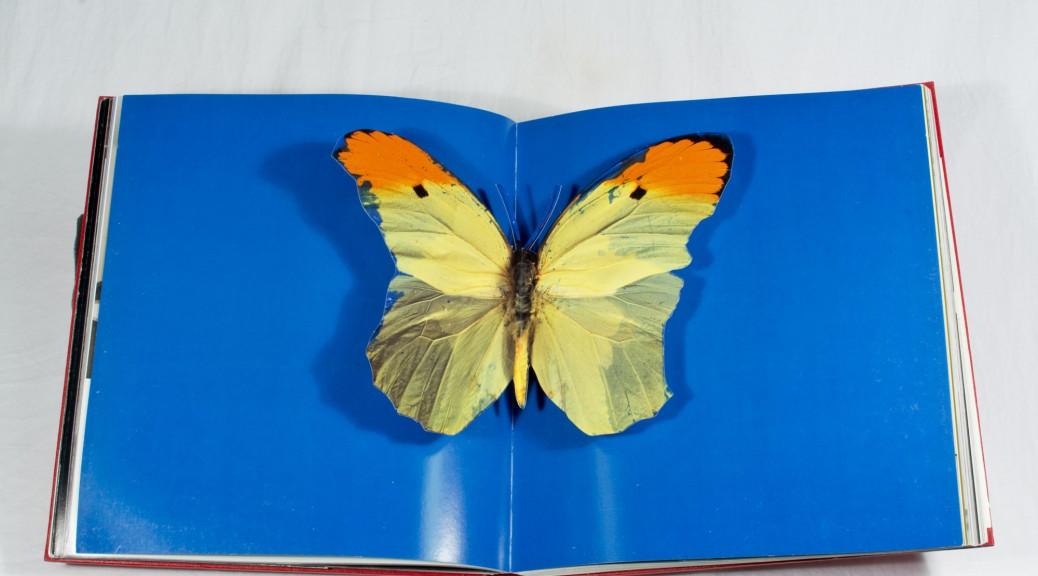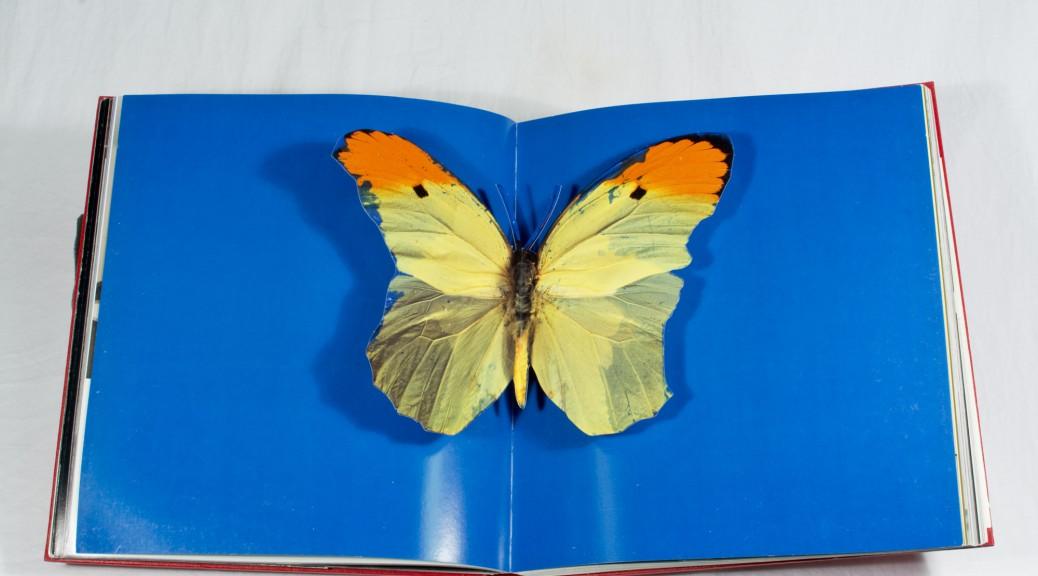Photo courtesy of UT Library Blogs
On Tuesday, Nov. 7 the University of Texas at Austin’s Fine Arts Library held an exhibit called “Experiencing Artist’s Books” in order to increase visibility of the university’s unique book collection. These books help us reimagine traditional print through a modern lens by allowing readers to touch, taste and smell artists’ books.
Story by Sage Foster
“The Fine Arts Library has a great collection of untraditional books, but no one knows about them,” says Allison Meyers, an art history graduate student leading the event. After guests arrived and briefly browsed the collection of books on display, attendees were ushered into a small room for a discussion led by Meyers and three artists who specialize in creative print work.
Among the featured artists was studio art professor Jason Urban. Urban is currently working on a series called “The Formalist’s Library” that explores the changing structure of classic libraries through experimentation with various forms of print. “It’s about recontextualizing content,” Urban says. “It’s what you do with content that makes it yours.”
Another member of the panel was Claudia Zapata, co-founder of Latinx art zine, ChingoZine. The zine company curates a selection of simplistic zines that provide a space for the voices of Latinx artists. Recent expansions of their work have led to the production of other materials including stickers, pins, keychains and koozies. In explaining what makes a zine, Zapata described their “hardcore” quality. “A zine has to have a rougher look to it,” says Zapata. “It’s not a zine if it looks too nice.”
The third and final panelist was the co-founder of Cattywampus Press, Lindsey Starr. The company, which Starr runs with her husband, produces “books and goods that question and decontextualize myths and tropes about the American South,” Starr says. Among their ongoing projects is “Last Words,” a collection of books that function as a statement against capital punishment. The artists compiled online public records of every executed Texan’s last words into a physical volume for each decade, giving the quantity of deaths a tangibility that would be impossible to convey digitally. They plan to add a new volume for every decade that capital punishment continues to exist in Texas.
After introducing themselves and their work, Meyers and the artists delved into a discussion about what sets apart artists’ books from other books. Zapata spoke about the influence zines and other types of artists’ books have on society. “They play an important role in circumventing the bureaucracy of traditional printmaking,” says Zapata. “In artists’ books, form and content evolve together in an organic dialogue,” says Starr. The artists agreed that artist’s books are becoming increasingly significant in an age of digital media in which many people are suggesting that books may die out. “This, right now, is a resurgence of people using books as an artistic medium,” Starr says.
Upon the discussion’s conclusion, attendees were free to peruse the library’s unique collection of books that varied drastically in both format and content. Some books were comprised solely of photos or drawings, while others were more text heavy. One such book, entitled “Choose Your Own Consensual Adventure: A Step-by-Step Guide to Making Sure That All the Sex You Initiate is Consensual + Safe(r),” provided comprehensive information about consent and respect in an adventurous and interactive format.
Among the most popular books in the collection were the ones that permitted the reader to break traditional norms and taste or smell the content. An issue of Visionaire, an art and fashion magazine, paired a customized perfume scent or a flavored Listerine breath tab with each page of the book. Pages were composed of photographs labeled with words such as “youth,” “guilt,” “life,” “drunk,” “mother” and “fear,” allowing the reader to have an atypical sensory experience with the words. “I tasted ‘art’ and it tasted like glue sticks,” says art studies major Anna Fields. “It reminded me of childhood. Art is nostalgic for me.”
The opportunity to showcase the library’s unusual book collection came at an important time, as discussion is ongoing about the possibility of converting the library into an additional space for the arts and entertainment technologies department to use. Art studies major Kendall Bradley expressed the importance of the creative book event as it connects to the possible repurposing of the building. “Talking about spaces and their use for design versus printed matter is significant to us as art studies majors,” says Bradley. Both Bradley and Fields expressed their views against the transition, which could manifest in a loss of the social environment that libraries and other spaces for printed matter currently provide.
Despite the anxiety expressed by students about the potential change, the event left attendees with an optimistic outlook on the future of print. The panelists rejected the idea that book production will fizzle, arguing that an exciting reimagination of books is just beginning. “I think we’re in this moment where we’re trying to redefine what a book is and what it means to us,” Urban says. “There’s a lot of reinvention happening, and reunderstanding.”




